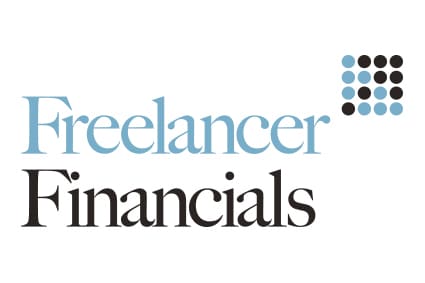What you need to know about closing your company
New IR35 rules will be coming to the private sector from April 2020. These changes have already caused considerable disruption to contractors, their accountants, recruitment agencies and hiring companies, with each party spending valuable time and resources dealing with the changes and uncertainties surrounding them. When the legislation was introduced into the public sector there was considerable upheaval with many contractors who found themselves inside IR35 facing two options – either become an employee or leave the public sector altogether. Whichever option they chose, their limited company was no longer needed and, as a result, some contractors began closing down their company via a Members’ Voluntary Liquidation (MVL).
When the changes come into effect in the private sector next year, there are certain to be some contractors in the same position. Contractor Weekly talked to John Bell, founder of insolvency practitioners Clarke Bell about the MVL process and what contractors need to consider.
What is an MVL and why opt to go down that route?
An MVL is a process used to wind up the affairs of a solvent company and typically used where a company has come to the end of its life – the new Off-Payroll reforms could prompt such a process, but retirement or entering full-time employment could also be valid reasons for closing a personal service company.
The alternative to an MVL is a voluntary company strike-off, but a strike-off request could be turned down by Companies House if a business has creditor agreements in place, has traded over the last three months or has changed names over the last three months. Therefore, an MVL may be more appropriate.
How do you go about closing your company?
The process of an MVL facilitates a controlled exit, enabling shareholders to realise any investment in a tax-efficient and advantageous way, as any money distributed to shareholders represents a return of capital, on which Capital Gains Tax is payable by the shareholder.
Where the assets of a company are more than £25,000, any capital distribution can only be carried out by a liquidator. And, any distributions found by a liquidator are taxed as capital distribution, which is tax on the capital gain, the gain in the value of the shares compared with the amount which the shareholder paid for them. The advantage for contractors is that money received as a capital distribution may qualify for Entrepreneurs’ Relief. However, the shareholder must own at least 5% of the shares for at least one year prior to liquidation and any assets must be distributed within three years.
Tell us about the administrative process
It is important to apply to Companies House using a DS01 form, which contractors will need to complete to start the process to close down a company. Any co-director, such as a spouse, will also need to sign the form.
Any shareholder, creditor, trader, insurance company and bank will need to know about the plan and be sure that a contractor has no outstanding payments due to HMRC, such as Corporation Tax, VAT, NICs and, if applicable, PAYE. All paperwork should be sent to HMRC along with a final set of accounts from the date of a contractor’s last set of accounts to the final trading day. Contractors must also inform HMRC to cancel any VAT registration, which could take up to three weeks to be confirmed, and submit a final company tax return which covers the period from the last tax return to the final day of trading, taking account of VAT on stock and business assets.
What about dividends?
It is important to extract any retained profits as a final dividend before any liquidation process begins. How a contractor takes this will depend on the exit route chosen and how much profit is left in the business. An MVL is the most tax-efficient method once the tax saving made from Entrepreneurs’ Relief has been considered.
What about any profits?
If the profit held in the company is under £25,000, shareholders must pay Capital Gains Tax. However, if a contractor is eligible to apply for Entrepreneurs’ Relief, he or she would pay a tax rate of 10% regardless of the rate of personal tax paid. If the profit is above £25,000, the distributions will be deemed as income and subject to Income Tax, so the income is typically taken out as a final dividend, not as salary.
What would be your final piece of advice to contractors?
Private sector IR35 is looming and plans should be put in place now to navigate the solvent liquidation path smoothly and painlessly. If you do choose to close your company, my advice to contractors is to start the MVL conversation with your accountant now, which will help to take the pain out of the process.
John Bell is a chartered accountant and insolvency practitioner. He founded Clarke Bell in 1994 and, to date, the company has conducted over 1,800 MVLs.






Leave a Reply